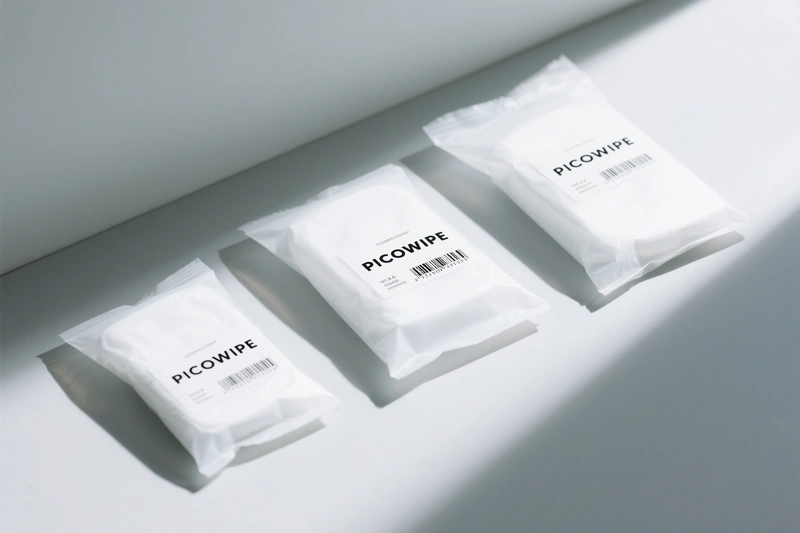By [email protected] — Charting the depths of expertise
Effects of Inconsistent Presaturation
This directly impacts the consistency of cleaning performance: insufficient liquid can lead to reduced cleaning power and rapid solvent evaporation, while excessive liquid can cause overwetting, leave more residue, or damage moisture-sensitive components. It also affects the convenience and standardization of operations.
Causes of Inconsistent Presaturation
Inconsistency in the saturation level of cleanroom wipes primarily occurs during the production of presaturated wipes, which are wipes pre-loaded with a specific amount of solvent (typically a mix of IPA/DI water or ultrapure water) before packaging. The causes of this inconsistency are related to the properties of the dry wipe itself and the control of the wetting process:
Fluctuations in the Dry Wipe's Absorbency: This is directly related to the causes of inconsistent absorbency in dry wipes we previously discussed (material composition, fiber type, fabric structure, residues, etc.). If the dry wipe's absorption capacity and rate already vary across different areas or batches, then even with the same amount of liquid applied, the wipe will absorb and distribute it differently, leading to uneven presaturation. Inaccurate or Uneven Control of Liquid Application: Inaccurate Metering: The presaturation process is typically automated, applying a quantified amount of liquid to the wipes via methods like spraying, dotting, or roll-coating. If the equipment's liquid metering system has errors or fluctuates, the total amount of liquid applied per cycle (or per wipe) will be inconsistent. Uneven Distribution: After the liquid is applied to the wipe's surface, it needs to spread via capillary action. If the initial application points, lines, or areas are themselves uneven (e.g., due to clogged nozzles or an inconsistent spray pattern), and the wipe's own wicking capability is insufficient to compensate, some areas will be too wet while others remain too dry. Insufficient Diffusion and Equilibration of Liquid in the Wipe: After application, the liquid requires a certain amount of time to spread evenly throughout the entire wipe via capillary action to reach an equilibrium state. If the wipes are packaged immediately after wetting, or if the fabric's own diffusion capability is poor, the liquid may not have had time to distribute evenly, resulting in localized moisture differences. Evaporation During the Wetting Process: Between the liquid application and the moment the wipe is sealed in its packaging, evaporation will occur if the ambient humidity is low or if there is airflow. If the duration or environmental conditions of this process are unstable, or if different parts of the wipe are exposed differently, the amount of evaporation will be uneven, thus affecting the final saturation level. This is especially true for highly volatile solvents like IPA. Seal Integrity of the Packaging: If the packaging pouch is not properly sealed, the solvent inside will slowly evaporate during storage and transport, causing the wipes to gradually dry out. If the seal is not uniformly perfect, or if the pouch is punctured in a specific area, the evaporation rate will vary, leading to significant inconsistency in saturation levels, with areas near the leak becoming much drier. Stability of Wetting Equipment and Processes: Minor fluctuations in process parameters, such as the operating speed of the presaturation equipment, the wipe conveyance method, and the angle and pressure of liquid contact, can all affect the uniformity of liquid application and the wipe's absorption efficiency.
Therefore, ensuring the consistency of presaturated wipes requires strict control across multiple stages: first, selecting dry wipes with stable and uniform absorbency; second, ensuring the wetting equipment provides precise and even liquid application; third, optimizing the internal diffusion time and minimizing evaporation after wetting; and finally, using high-integrity packaging materials and processes.


